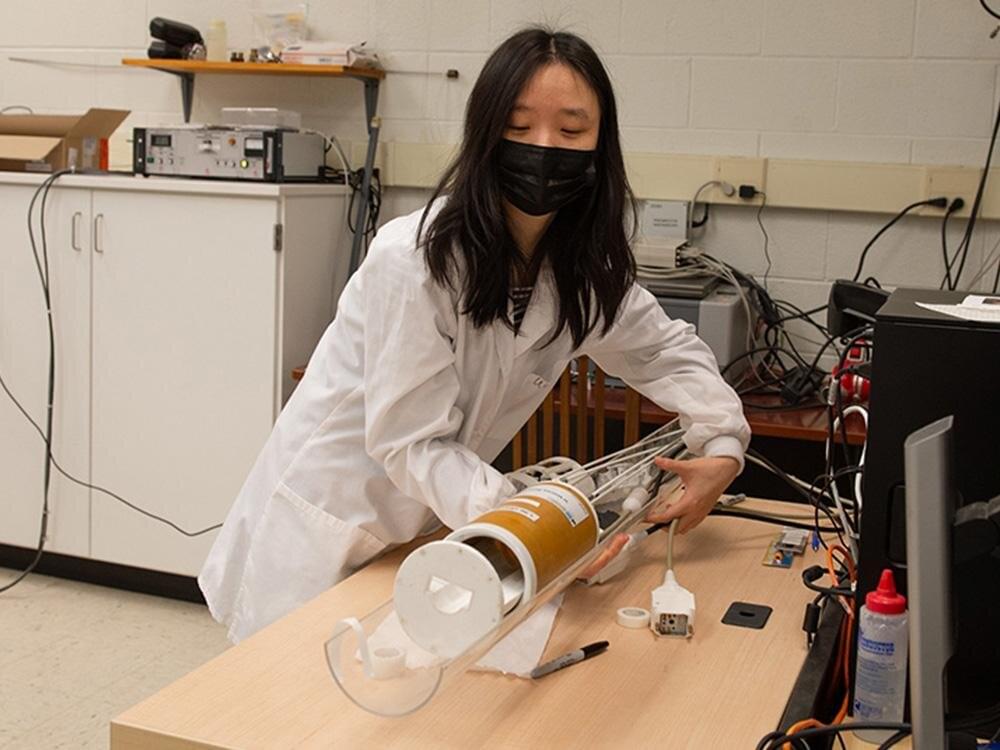Mental health practitioners and meditation gurus have long credited intentional breathing with the ability to induce inner calm, but scientists do not fully understand how the brain is involved in the process. Using functional magnetic resonance imaging (fMRI) and electrophysiology, researchers in the Penn State College of Engineering identified a potential link between respiration and neural activity changes in rats.
Their results were made available online ahead of publication in eLife. The researchers used simultaneous multi-modal techniques to clear the noise typically associated with brain imaging and pinpoint where breathing regulated neural activity.
“There are roughly a million papers published on fMRI—a non-invasive imaging technique that allows researchers to examine brain activity in real time,” said Nanyin Zhang, founding director of the Penn State Center for Neurotechnology in Mental Health Research and professor of biomedical engineering.









Comments are closed.